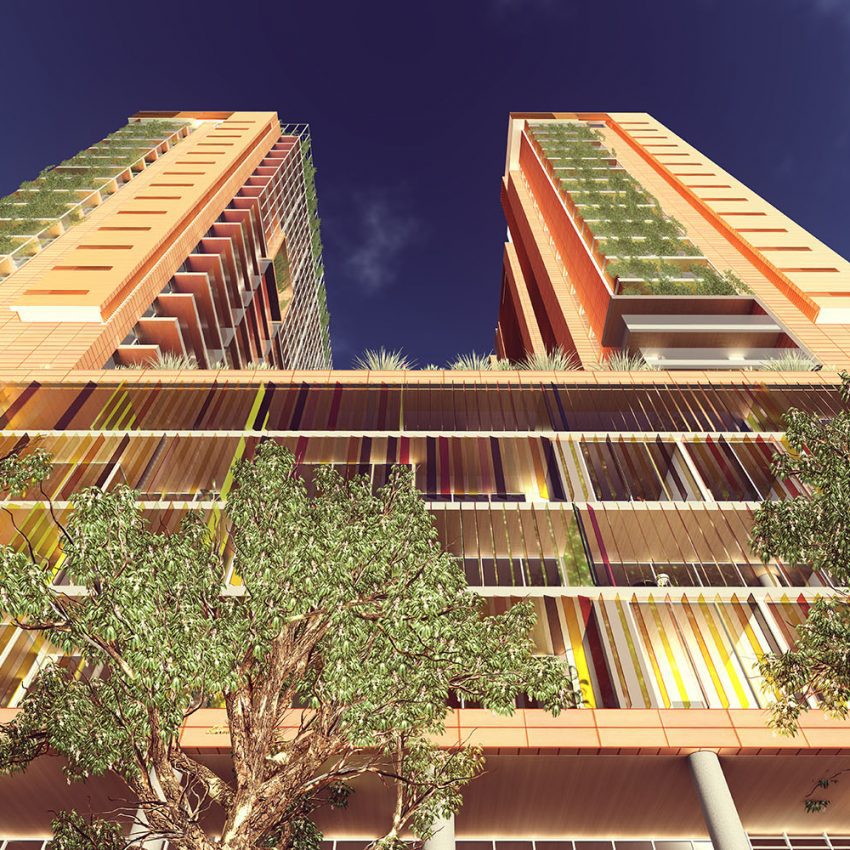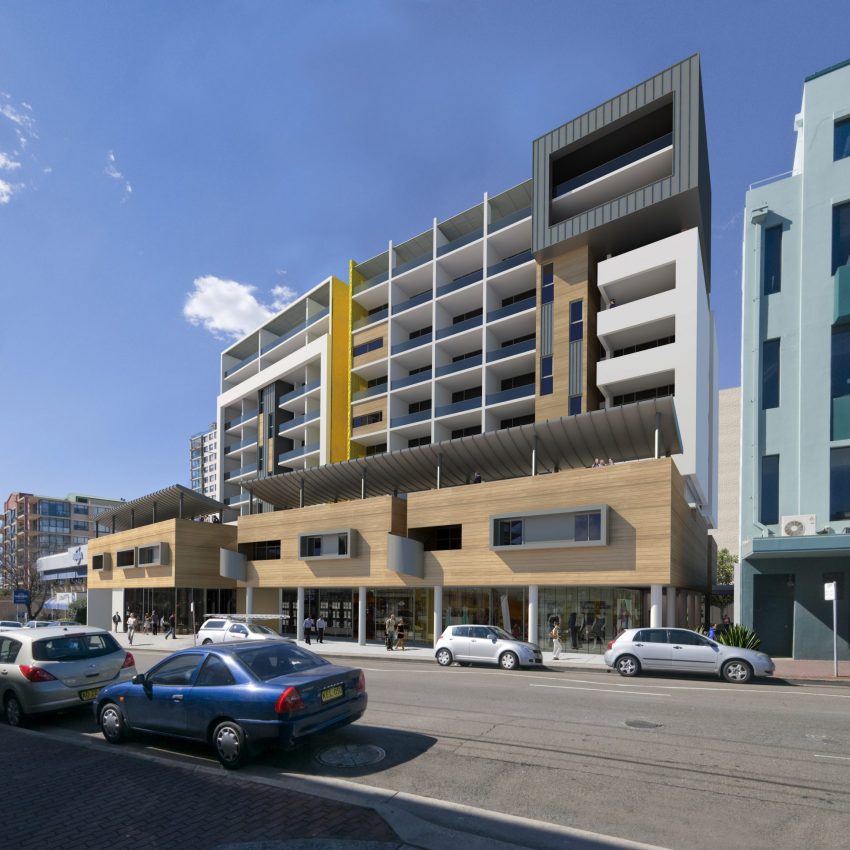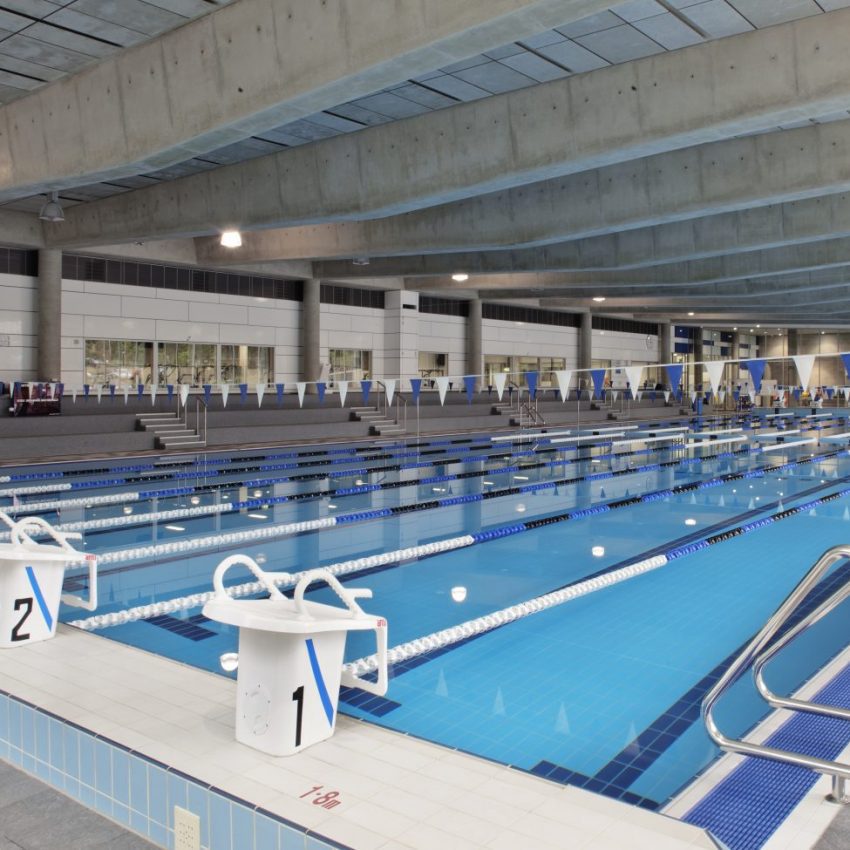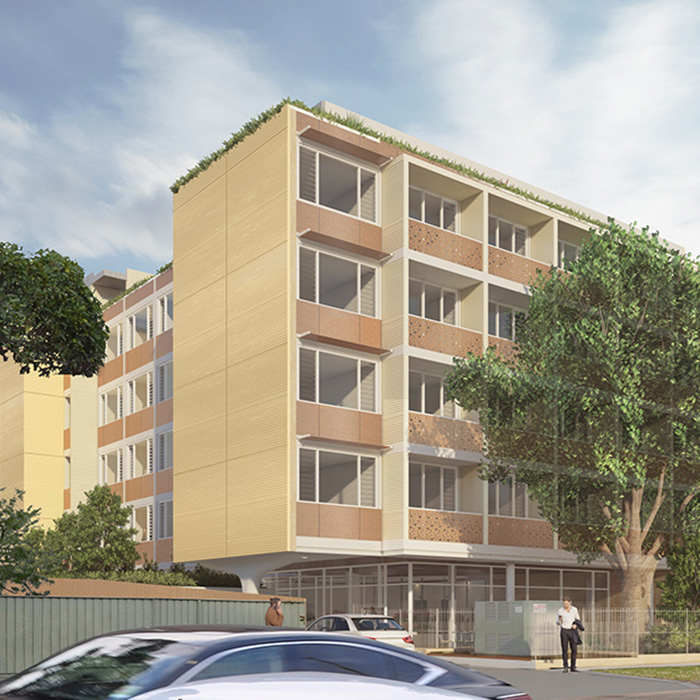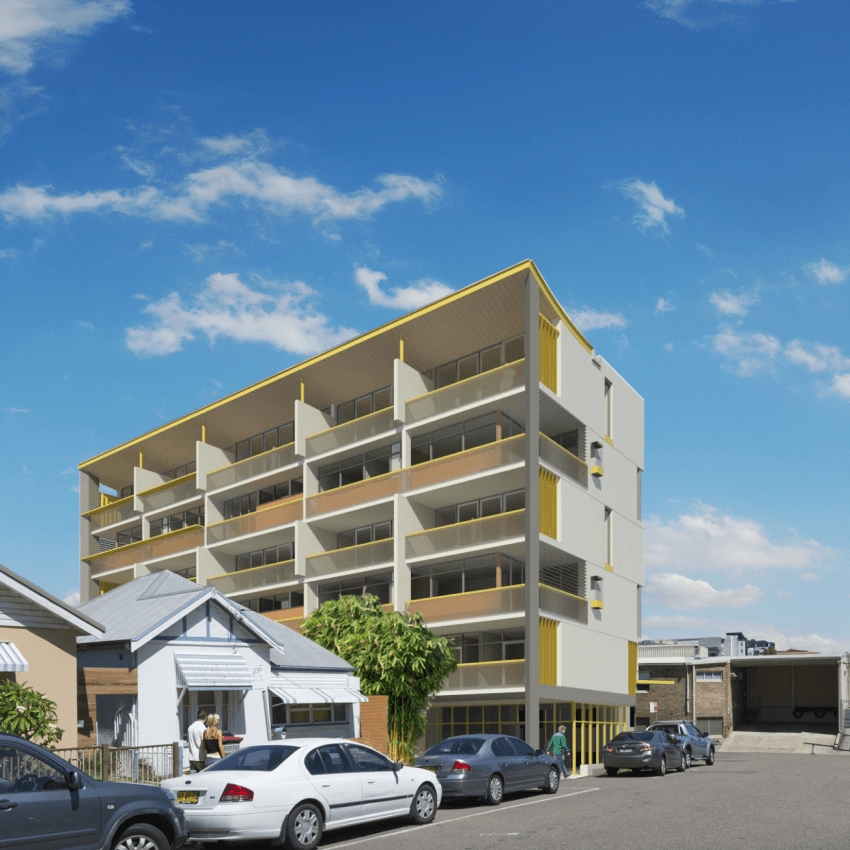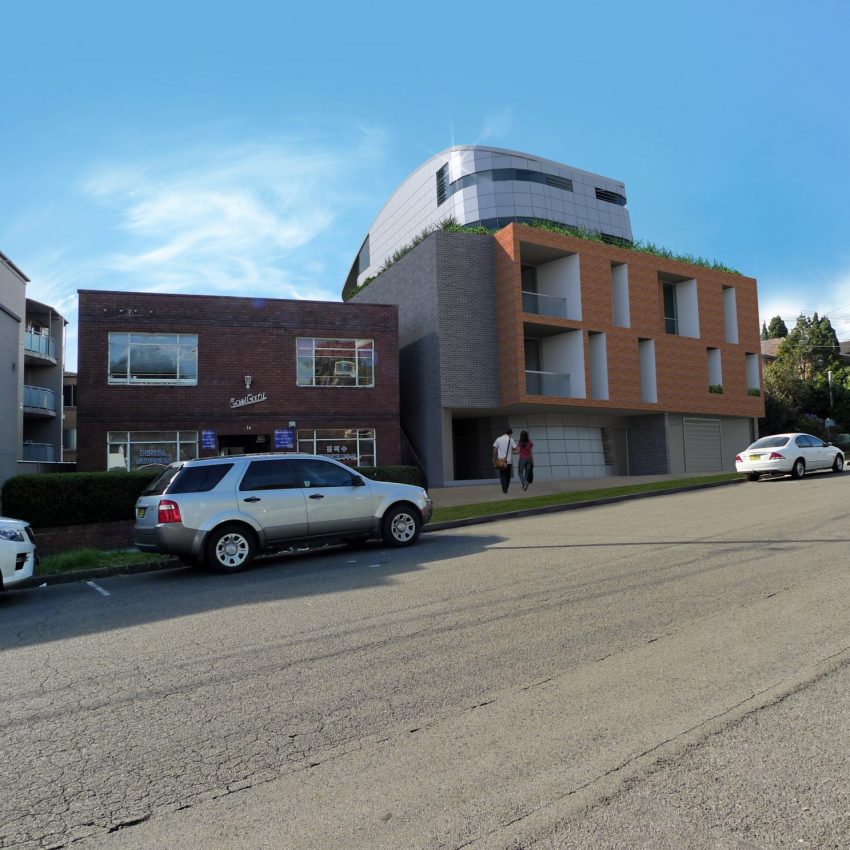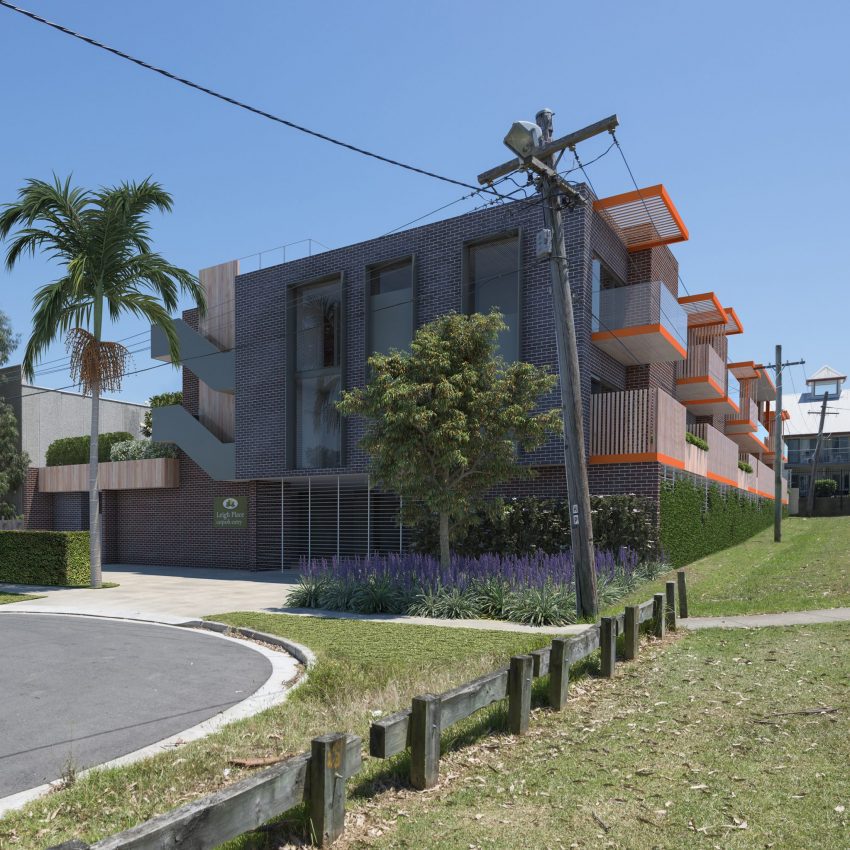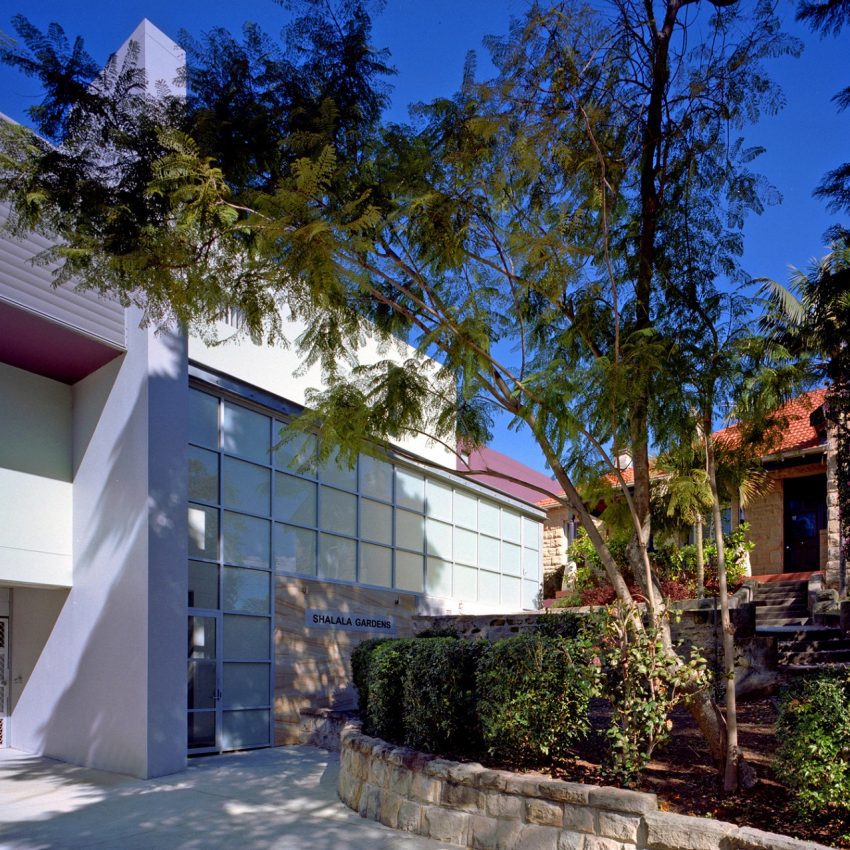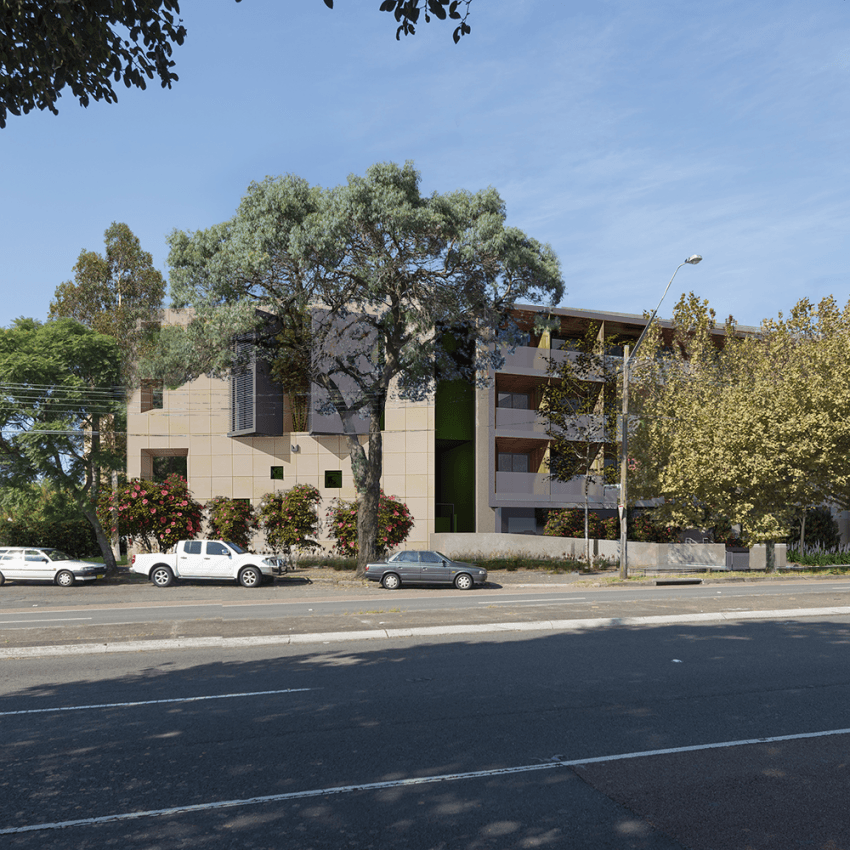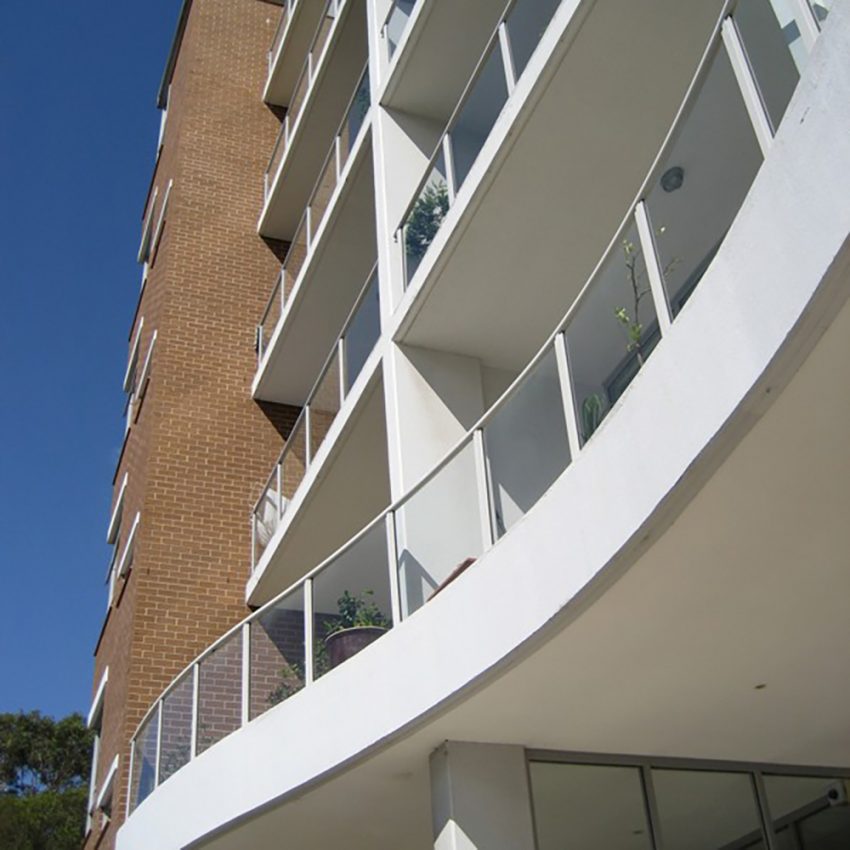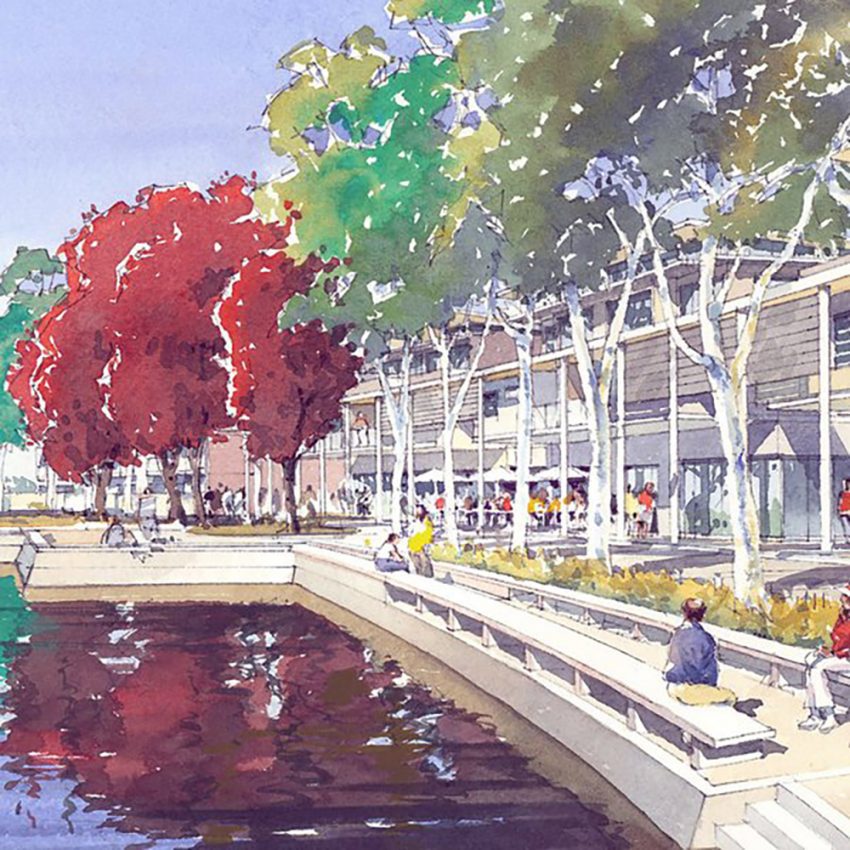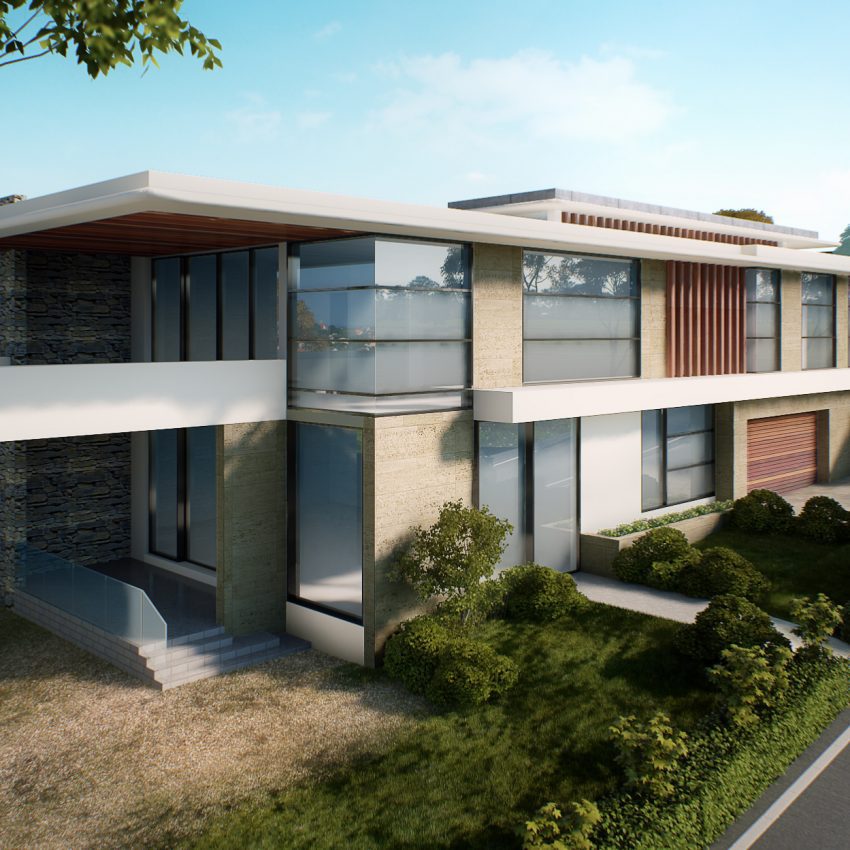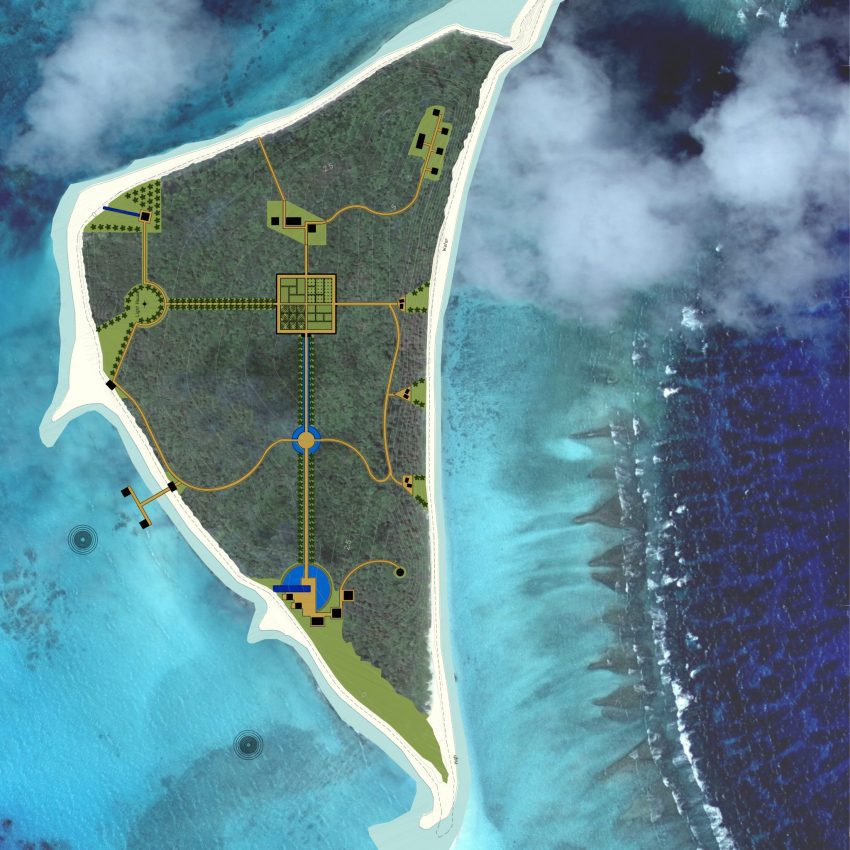CAPITheticAL




Status: Competition Proposal
The Alterurban Idea
A city centre and a suburban periphery – that is Canberra as it exists today: a low density suburb in the bush. With a Baroque geometry and North American pretensions, it celebrates the old world, the empire that gave birth to it, Eurocentric power, unlimited growth and the march of troops down grand avenues. As a twentieth century city, its avenues and its sprawling maze of roads are now full of cars. It is the modernist urban agglomeration of functional zones – a mirror to the compartmentalised life of the modern human condition. The suburban dream has become a nightmare and the garden suburb has become an endless homage to boredom and isolation.
This proposal for Canberra is a 21st Century alternative for the capital. It is located in the same valley around a newly constituted lake. It is based on the idea of limited growth and establishes a fractal pattern for growth that is guided by what we have called the Alterurban Planning Principle. This principle eschews the anti-urban form of functionally zoned suburbia, with its clumsy blend of city and country – it recognises that city and country are complementary and mutually exclusive and it acknowledges only two conditions: the urban condition and the non-urban condition.
The Alterurban Principle begins and ends with limits – the limit of a metropolis, of a city, of a community. The limit to what is urban and what is non-urban is sharply defined. The pattern of growth is not through unlimited expansion but through the creation of new entities. The dependent relationship between the urban and the non-urban is predictable and the fractal geometry of the Alterurban Principle ensures a balance between each condition. The Economics of Sustainment is fundamental to the Alterurban Planning Principle. Sustainable environmental strategies are inherent and are brought within the control and consciousness of the population. Water collection, distribution and recycling is local, food production is local, energy production is local and daily transport is minimised.
- The search for identity within the anonymity of the metropolis through the networking of small discrete communities is the central idea of the alterurban city.
- Responsibility for the management of resources is brought within the control of each city through the localisation of energy systems and other infrastructure.
- Social equity is promoted by direct participation in the politics of the alterurban city through the citizen’s involvement in and identification with the community entity, which is the social, virtual and physical building block of the alterurban city.
- Optimum landuse is promoted through a complex mixture of activities and uses for both urban and non-urban entities. The city is envisaged as having a limit. Growth beyond the limit is accommodated by the building of a new entity, making the city a place that emphasises permanence and stability rather than change and transformation.

